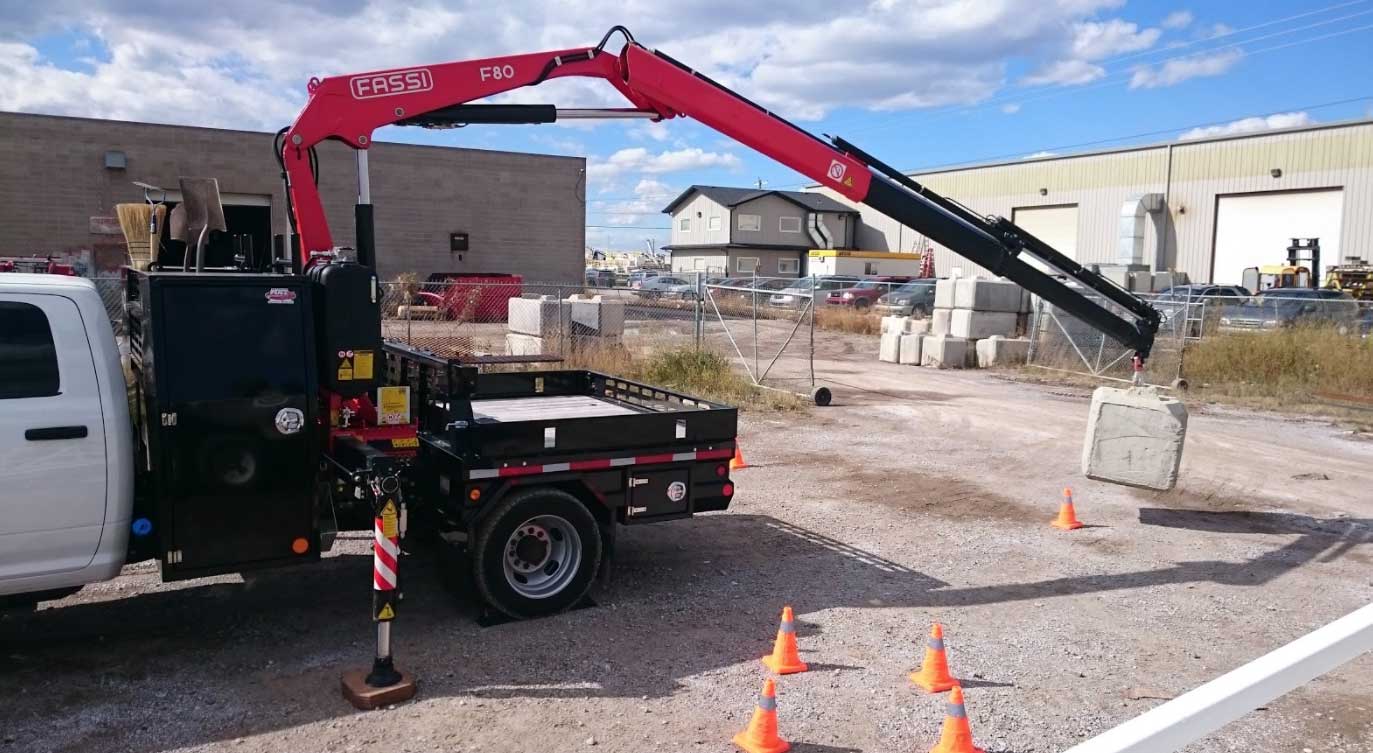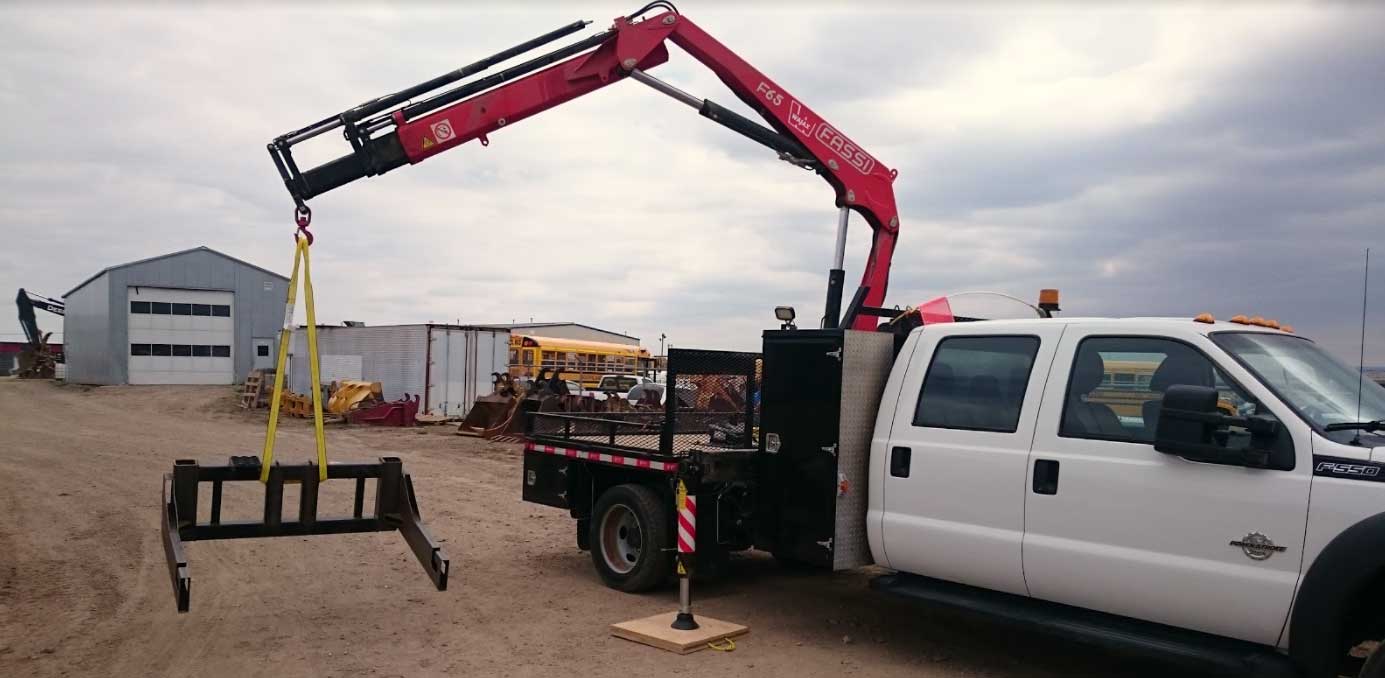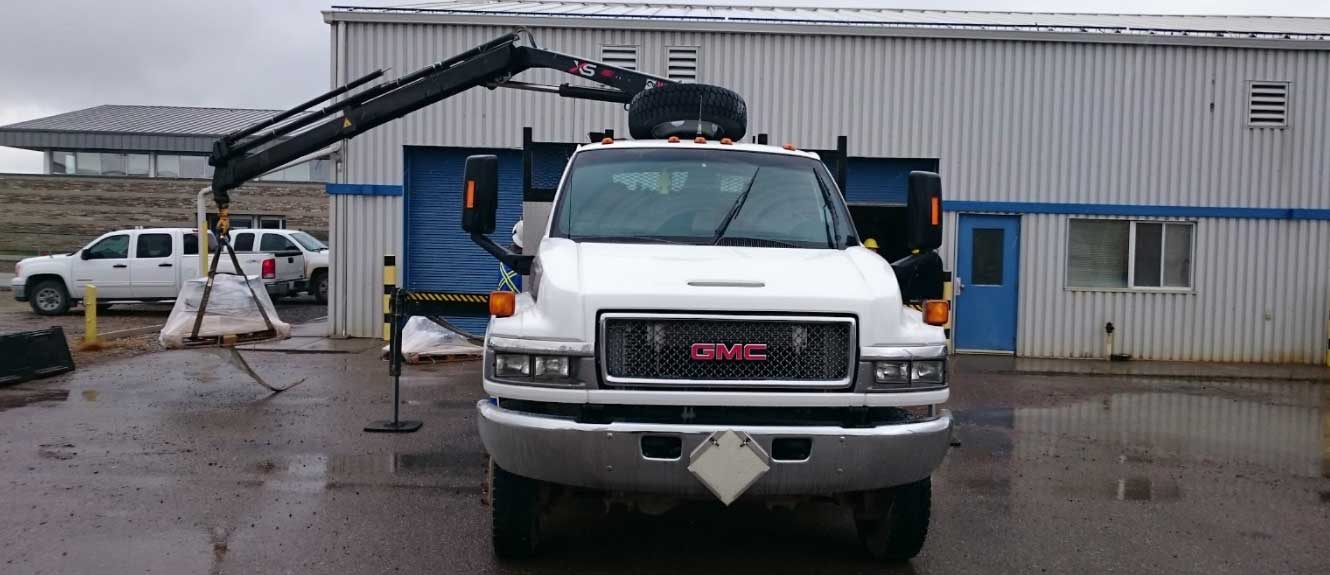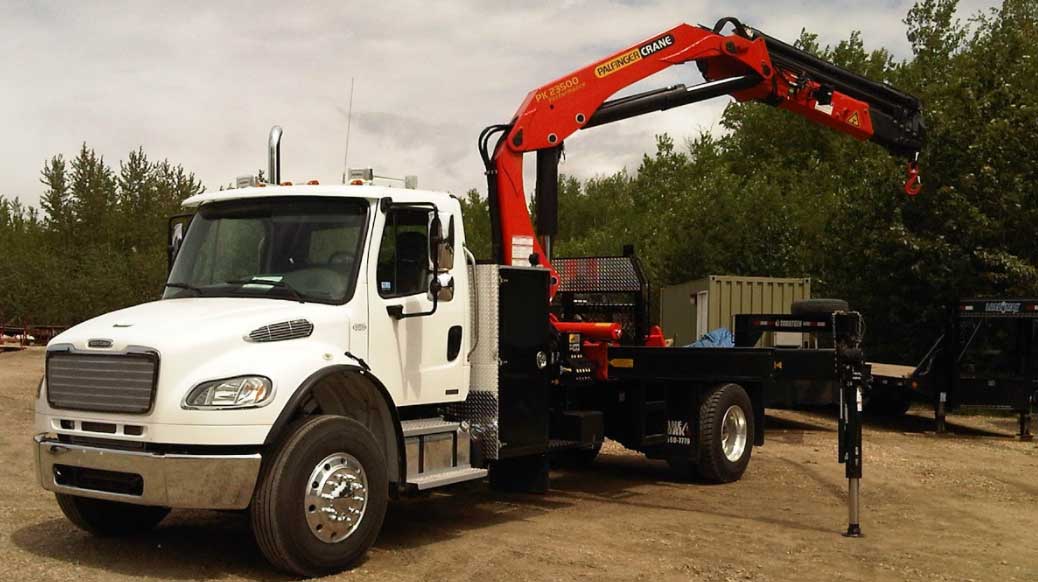Fassi knuckle boom crane training program helps your operators stay safer and reduce your operating expense.
Crane Training Saskatchewan
So there has been a tremendous amount of confusion by the people who run pickers in Saskatchewan. The phone calls we have gotten have also left us confused until we go ahold of the right person. The picker crane (knuckle boom crane) in Saskatchewan is now or has been called PME or power mobile equipment, same category as a small mechanic service crane (corner mount), or small carry deck crane (think Broderson) and other small cranes, less than 5-ton in Capacity. So according to OH&S in most provinces in Canada as long as the company can ensure the operator of the equipment is competent and provides the proper training and tools, they have done to the best of their ability,



